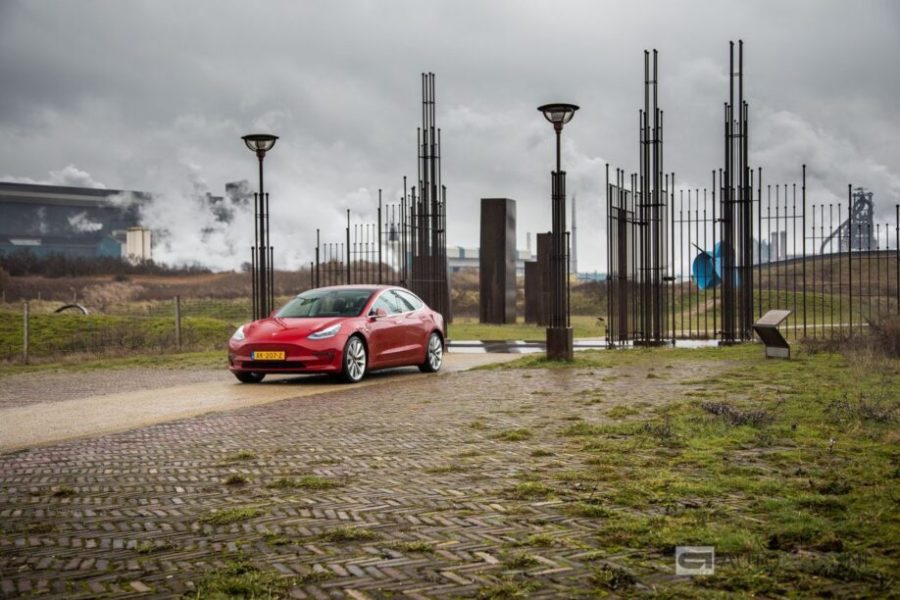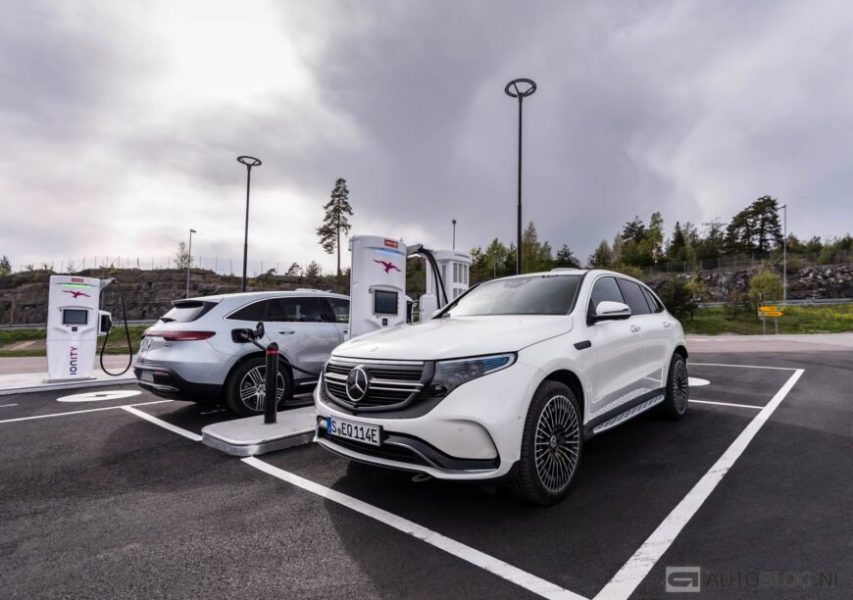
How green are electric vehicles?

Electric vehicles are often viewed as environmentally friendly vehicles. But is this true or are there several obstacles?
In fact, there is only one reason why the electric car has grown so large and will matter: the environment. As you know, gasoline and diesel cars emit toxic substances. These substances are harmful not only to people, but also to the planet we live on. After all, according to many scientists, governments and organizations, our planet's climate is changing, in part due to the toxic substances from gasoline and diesel vehicles.
From a moral point of view, we need to get rid of these emissions. What do many see in this story as a solution? Electric car. After all, this vehicle has no exhaust fumes, let alone exhaust fumes. So they are perceived as an environmentally friendly vehicle. But is this picture correct or is it something else? We will talk about this in this article. We will split this into two parts, namely the production and driving of an electric vehicle.
Winemaking
Basically, an electric car consists of much fewer parts in terms of motorization than a gasoline car. Therefore, you might think that an electric vehicle can be assembled in a more environmentally friendly way. However, the opposite is true. It all ties into one of the largest and heaviest parts of an electric vehicle: the battery.
These lithium-ion batteries, comparable to those in your smartphone and laptop, for example, are made up of various rare metals. Lithium, nickel and cobalt are included in such a lithium ion battery. These materials are mainly mined from mines, resulting in many adverse environmental impacts. The worst type of metal is probably cobalt. This metal is mainly mined in the Congo, from where it must be shipped to battery-producing countries. By the way, child labor is used in the extraction of this metal.
But how harmful is the production of batteries for the environment? According to a report by the International Council for Clean Transport (ICCT), it costs 56 to 494 kilograms of CO2 to produce one kWh of battery. Tesla Model 3 currently has a maximum battery capacity of 75 kWh. Hence, according to ICCT, the production of a Tesla Model 3 battery costs between 4.200 and 37.050 2kg COXNUMX.

Knee
This is big range... This is because about half of the CO2 emissions from the production process are currently associated with energy consumption. In countries where, for example, coal is used relatively frequently (China), the required CO2 emissions will be higher than in a country with more green energy, such as France. Thus, the environmental friendliness of a car largely depends on its origin.
Absolute numbers are fun, but it can be more fun to compare. Or, in this case, compare the production of an all-electric car to the production of a gasoline car. There is a graph in the ICCT report, but the exact numbers are not known. The UK Low Carbon Vehicle Partnership produced a report in 2015 where we can compare a few things.
First explanation: LowCVP uses the term CO2e. This is short for carbon dioxide equivalent. During the production of an electric vehicle, several exhaust gases are emitted into the world, each of which contributes to climate change in its own way. In the case of CO2e, these gases are grouped together and their contribution to global warming is reflected in CO2 emissions. Thus, this is not actual CO2 emissions, but simply a figure that makes it easier to compare emissions. This allows us to indicate which vehicle is produced in a more environmentally friendly manner.

Well, let's move on to the numbers. According to LowCVP, a standard gasoline vehicle costs 5,6 tonnes of CO2-eq. A diesel car will not be much different from this. According to this data, an all-electric vehicle emits 8,8 tonnes of CO2-eq. Thus, the production of BEVs is 57 percent worse for the environment than the production of an ICE vehicle. Good news for gasoline enthusiasts: the new gasoline vehicle is more environmentally friendly than the new electric vehicle. Until you make the first kilometers.
Drive
With production, not everything is said. The main environmental benefit of an electric vehicle is, of course, emission-free driving. After all, converting stored electrical energy into motion (via an electric motor) does not result in CO2 or nitrogen emissions. However, the production of this energy can harm the environment. With an emphasis on can.
Let's say you have a wind farm and a solar roof in your home. If you hook up your Tesla to it, you can of course be able to drive pretty climate-neutral. Unfortunately, this is not entirely true. Tire and brake wear will continue to have a negative impact on the environment. Although it is certainly always better than a car with an internal combustion engine.

However, if you plug this car into the mains, the sustainability in turn will depend on your energy provider. If this energy comes from a gas-fired power plant, or worse, from a coal-fired power plant, then it is obvious that you are doing less good to the environment. You can say that you are “just” transferring the exhaust emissions to the power plant.
Forty percent
To get a clearer idea of the (indirect) emissions of an electric vehicle, we need to take a look at research from BloombergNEF, the Bloomberg research platform. They claim that the emissions of electric vehicles are currently XNUMX percent lower than those of gasoline.
According to the platform, even in China, a country that is still relatively heavily dependent on coal-fired power plants, the emissions of electric vehicles are lower than those of gasoline. According to the US Energy Information Administration, in 2015, 72% of China's energy came from coal-fired power plants. The BloombergNEF report also offers a good perspective on the future. After all, countries are increasingly trying to obtain energy from renewable energy sources. Thus, in the future, emissions from electric vehicles will only decrease.
Conclusion
Electric cars are better for the environment than combustion-engine cars, obviously. But to what extent? When is Tesla better for the environment than Volkswagen? It is hard to say. It depends on many different factors. Think about driving style, energy consumption, cars to be compared ...
Take Mazda MX-30. It is an electric crossover with a relatively small 35,5 kWh battery. This requires much less raw materials than, for example, a Tesla Model X with a 100 kWh battery. Consequently, the turning point for Mazda will be lower because less energy and materials were required to produce the car. On the other hand, you can drive a Tesla longer on a single battery charge, which means it will travel more kilometers than a Mazda. As a result, Tesla's maximum environmental benefit is greater because it has traveled more kilometers.
What else needs to be said: the electric car will only get better for the environment in the future. In both battery production and energy production, the world continues to make progress. Consider recycling batteries and metals, or using more renewable energy sources. An electric car is already in almost all cases better for the environment than a car with an internal combustion engine, but in the future this will only get stronger.
However, this remains an interesting but challenging topic. Fortunately, this is also a topic about which a lot has been written and done. Want to know more about it? For example, watch the YouTube video below that compares the lifetime CO2 emissions of an average electric vehicle to the lifetime CO2 emissions of a gasoline car.